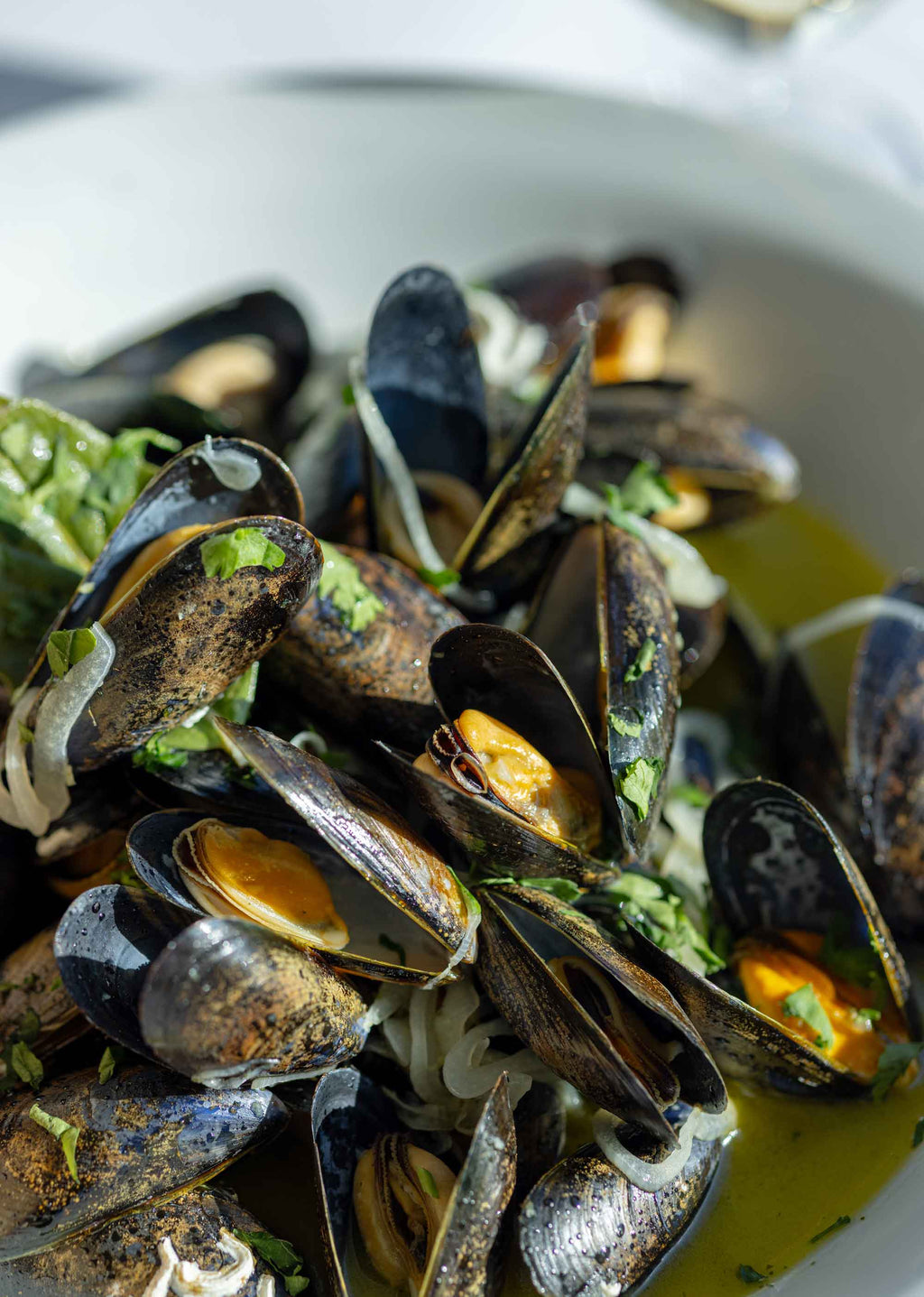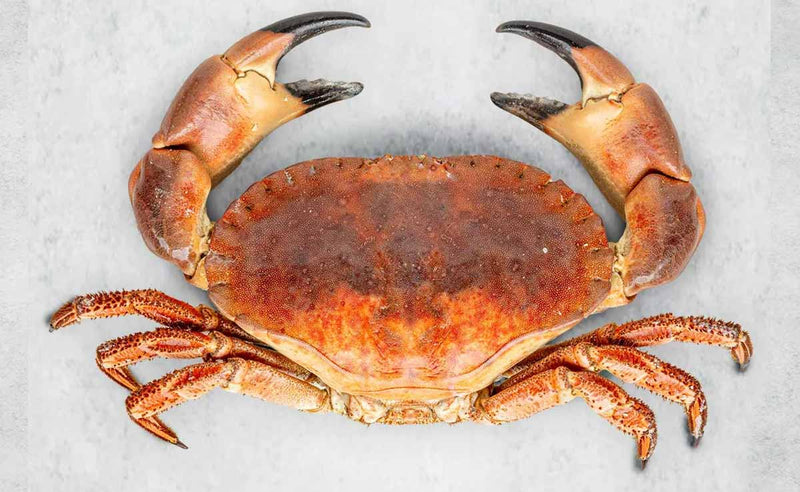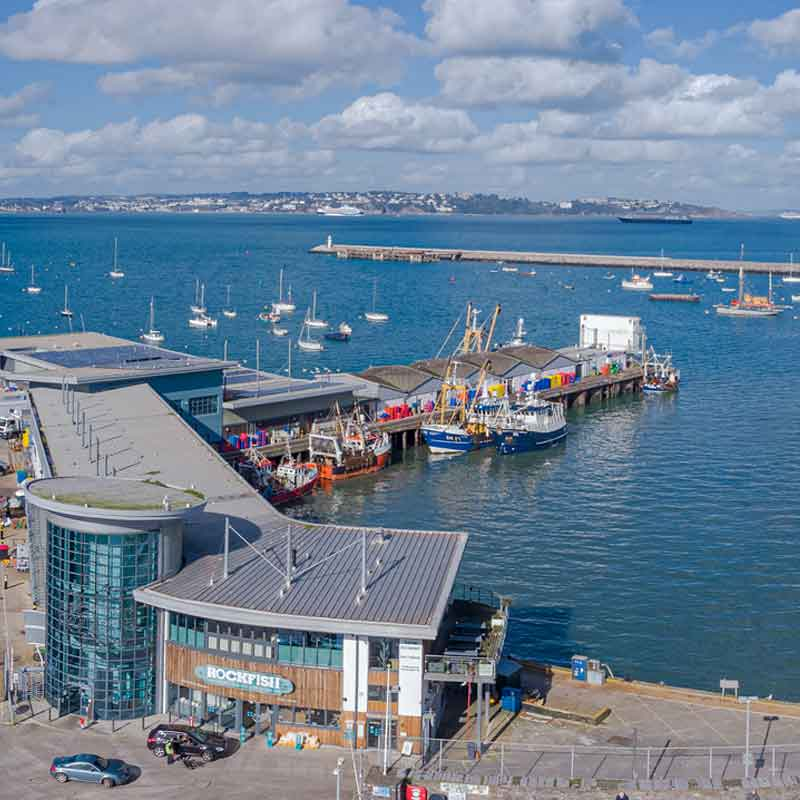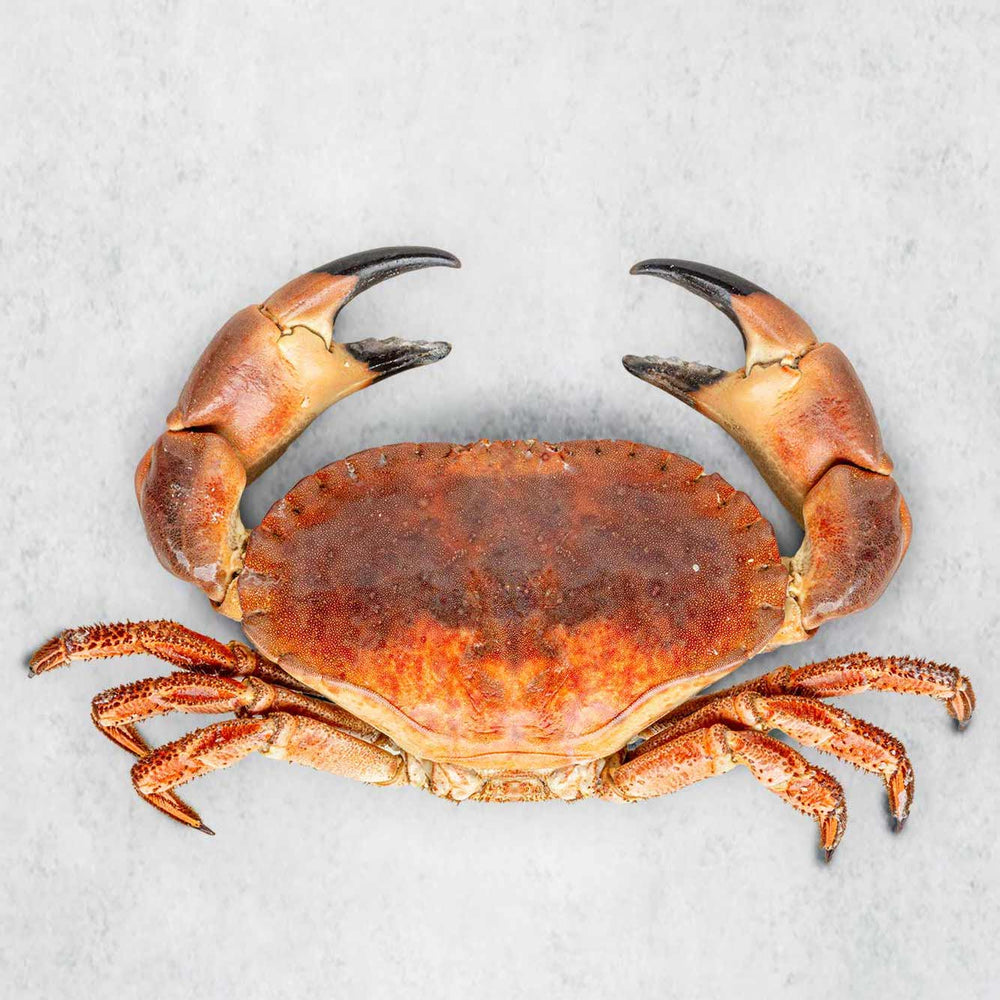Steamy, Saucy, and Sustainable: The Rise of the Mussel
It’s happened at last, we’ve been saying it for years, but mussels have become the ‘it’ food.
Ever since Saint Valentine became the frontman for all things love and hearts, oysters have been the number one menu item for couples hoping to fall victim to Cupid’s target practice.
It’s the zinc found in oysters that apparently has an aphrodisiac quality more potent than Lynx Africa. And while Casanova is said to have eaten more than 50 oysters per day – for exactly this purpose – the internet is now saying he would have been better off with mussels instead.
Muscles, oysters, hot-creamy sauce… what was that about the Lynx effect?!
No, we’re talking m.u.s.s.e.l.s, the shellfish! The greeny-black shelled things your pooch likes to play with when you’re walking on the beach, they’re now ‘in’.
Like what they eat in Belgium?
The very same. Those irresistible, steamy hot piles of moules marinière served with crispy frites. Delicious.
“Steamy-hot” I’m listening...
Well, it’s not just the Sprouts who like a mussel. According to supermarket powerhouse Waitrose, this Valentine’s Day mussels received twice as many website searches as oysters, and demand is up by 120% compared to last year. Meanwhile, according to the Telegraph, searches for “mussel recipes” on TikTok rose by 1,000% in the past week alone.
But why mussels, and why now?
There’s an old saying that shellfish should only be eaten when there is an ‘R’ in the month. And while it does sound like the sort of thing some barnacled old sea captain might say after he’s downed too many measures of grog, there is an element of truth in it.
The rule goes that we should only indulge in delicious oysters, scallops, and mussels from September through to April and stop eating them completely between May and June (when there is no “R”).
“Arr me hearties…”
Yes, very good. The origin of the saying comes in two parts. Firstly, it predates modern refrigeration, therefore long before we had chillers and cold logistics to preserve shellfish, the summer heat would mean they spoilt quickly. While (more relevant to today) the summer months in the Northern Hemisphere are traditionally spawning seasons for shellfish, meaning that much of their energy is invested in reproduction. This means that the meat within the shells is often smaller, thinner and stringier. In the winter months, however, there is no spawning, as a result, you get lovely, fat, juicy, tender mussels. The ‘R’ in the month saying is one of those very useful titbits from when humans used to eat more seasonally. Which is exactly why we’re celebrating them in our Rhythm of the Sea campaign in our restaurants and on our Online Seafood Market.
So, the old sea captain was on to something eh?
Are you surprised? Moules marinière literally translates as “mariner's mussels”, the dish having been made popular by sailors and fishermen who would gather mussels from the rocky shores of Brittany and Normandy to eat for their dinner.
But the food of the fishers it is no longer, in fact, mussels have faced a somewhat steady rise in popularity in recent years. 40 years ago, the only mass market for mussels was in mainland Europe. Now, thanks to a gigantic increase in supply from aquaculture, they're catching on elsewhere, especially in China. Those wild greeny-black dog chews you see strewn on the beach are only a very small fragment of the mussel industry because well over 90% of all mussels eaten and sold today are farmed.
Isn’t farmed fish bad?
Definitely not. Yes, we’ve certainly had our fair share of things to say about farmed fish – just read our previous logs on warm water prawns if you want something to shiver ya timbers. But lots of aquaculture (fish farming) is very good, and none better than mussel farming.
Mussels have been farmed for centuries, we love the story of Patrick Walton, the shipwrecked Irishman, who found himself washed up on the Bay of Aiguillon in the early thirteenth century. Starving, Walton took to erecting crude nets between wooden poles hammered into the mud flats to try and catch migrating seabirds to eat. However, he soon realised that tiny seed mussels gathered on the poles, which he gratefully ate instead. The method of using wooden poles, or ‘Bouchots’, is still in practice today, especially in France.
But serious commercial mussel farming only really kicked off in the early 20th century, led predominately by the Spanish and Italians. While these two countries still dominate the business, other countries like the Netherlands, Chile and New Zealand are catching up. Meanwhile, China (which in the 70s went from never having farmed a mussel before in its history) is today the biggest producer of mussels worldwide. What a difference 5 decades make...
I had no idea the Chinese loved mussels...
In ancient China, mussels were considered both a food and a medicine, revered for their many health benefits. But in the modern-day, China is faced with a major problem, how do you feed a rapidly growing population, cheaply and sustainably? Their solution?
Mussels?
That’s right: mussels. Per kilogram mussels are one of the most affordable seafood options available, they’re exceptionally versatile and what’s more, they are pound for pound the most sustainable protein you can eat. This is because they grow fast and are exceptionally prolific. A mussel as little as seven centimetres can produce as many as 40 eggs - per year! Not bad for a little creature about the same size as your thumb. Meanwhile, the long-suffering Male mussels will work even harder – producing over 10,000 spermatozoa per egg. That’s a couple who’ve been hit not just by Cupid’s arrow but his whole damn archery class!
So, the French grow mussels on sticks, the Chinese grow them en masse? What about here in the UK?
Blue blistering barnacles I’m happy you asked! We Brits grow the best mussels. Sure, there’ll be mussel farmers from New Zealand to Newfoundland who will argue the toss with us on this, but the truth is the marine environment here in the UK, and especially here on the South Coast, is second to none for mussel farming.
Our western strip of the English shoreline is home to some of the best examples of rope-grown mussel farming in the world. We sit exactly at the confluence of the mighty Atlantic and the English Channel. The nutrients of these two water bodies convalesce pretty much in line with our Brixham HQ. All those nutrients make a filter feeder like a mussel pretty fat and happy. What’s more, given our water temperatures are in that perfect Goldilocks zone – not too hot or too cold – the mussels grown on the South Coast don’t actually suffer so much from the whole going-stringy-when-breeding thing. While it’s definitely excellent practice to eat mussels in season (remember months with an ‘R’), South Coast mussels don’t stop eating to breed. They therefore stay really very healthy, and therefore delicious all year round. Sorry Cap’n.
I think I get it… so celebrating “mussel season” at Rockfish is mainly just because you really love them?
Now you got it. Our mussels aren’t just for Valentine’s…



